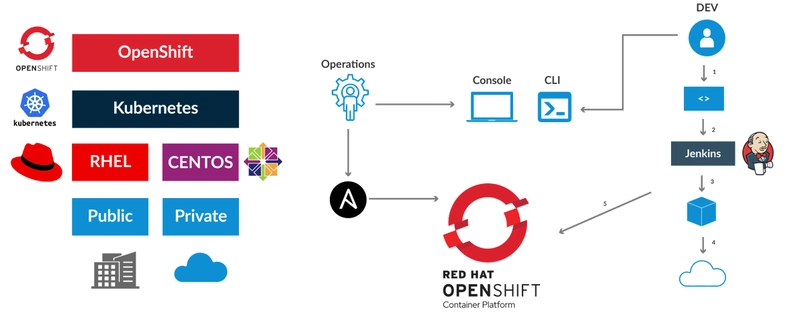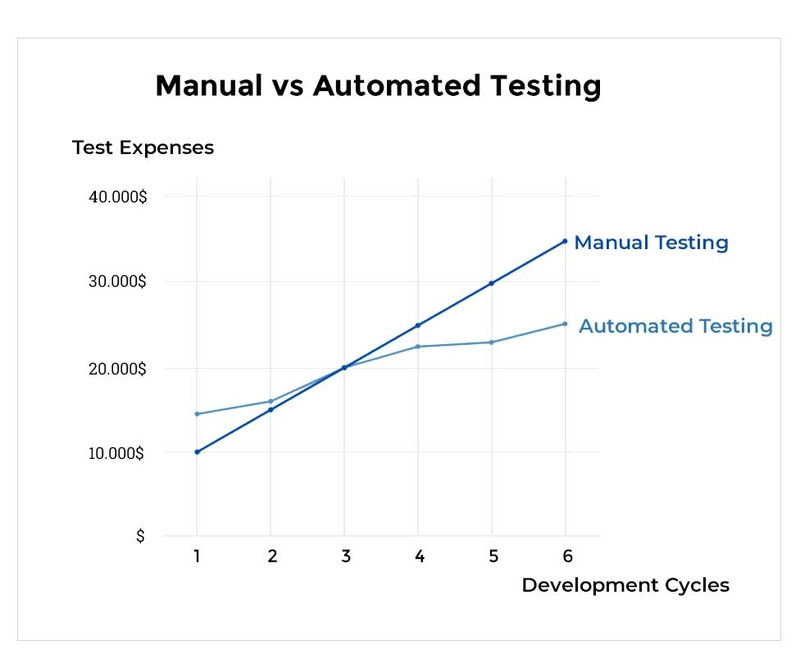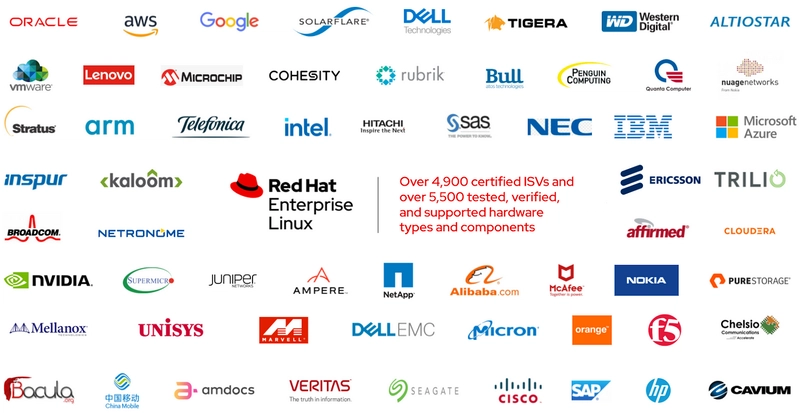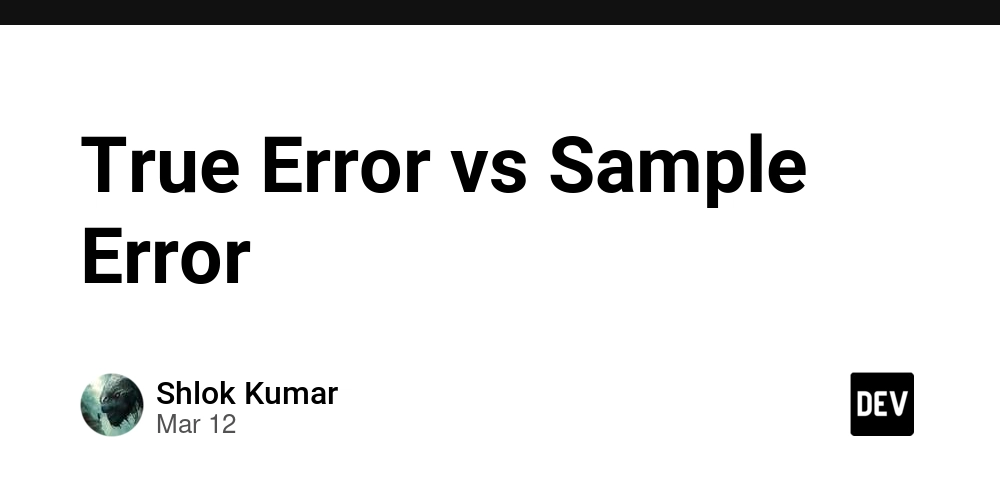Behind the Cloud: Red Hat's Role in Modern DevOps and Enterprise Infrastructure.
Table of Contents Introduction A Brief History of Linux Red Hat: The Enterprise Solution Red Hat in the Modern Cloud and DevOps Era Real-Life Use Cases Why Red Hat Remains Relevant Summary Connect with me Introduction In today's digital landscape, Linux and Red Hat stand as foundational pillars of enterprise technology. Together, they power the systems behind global businesses, manage critical data, and deliver services that billions rely on daily. This article explores how these technologies became essential to modern infrastructure and how they're shaping the future of DevOps and cloud computing. "Linux is not just an operating system; it's the foundation upon which modern cloud computing is built. Red Hat turned this foundation into an enterprise-ready platform that powers today's digital transformation." A Brief History of Linux: The Foundation of Modern Tech What began in 1991 as Linus Torvalds' personal project has evolved into the backbone of the digital world. Linux now powers: • 96% of the world's top web servers. • All of the world's top 500 supercomputers. • Over 2.5 billion Android devices. • The majority of cloud infrastructure worldwide. Linux's open-source philosophy created an ecosystem where innovation flourishes through collaboration, making it exceptionally robust, secure, and adaptable. Red Hat: The Enterprise Solution Founded in 1993 by Bob Young and Marc Ewing. Red Hat transformed Linux from a developer's tool into a mission-critical enterprise platform. Red Hat Enterprise Linux (RHEL) bridges open-source innovation with enterprise stability, providing businesses with: • Enterprise-grade security updates. • Multi-year support lifecycles. • Certified compatibility with thousands of vendors. • 24/7 production support. IBM's $34 billion acquisition of Red Hat in 2019 cemented its position as an enterprise technology leader and accelerated its growth in hybrid cloud solutions. Red Hat in the Modern Cloud and DevOps Era Red Hat OpenShift: Powering DevOps in the Cloud OpenShift, Red Hat's container application platform built on Kubernetes, provides: • A unified environment for developing and deploying applications. • Self-service provisioning for development teams. • Automated CI/CD pipelines. • Advanced monitoring capabilities. • Multi-cluster management across hybrid environments. For organizations adopting DevOps, OpenShift removes container orchestration complexity while maintaining enterprise-grade security and governance. Red Hat Ansible Automation: Simplifying DevOps Processes Ansible has revolutionized IT automation through human-readable "playbooks" that: • Use an agentless architecture requiring no additional software. • Provide thousands of pre-built modules for common tasks. • Enable infrastructure-as-code practices. • Scale from simple scripts to enterprise-wide strategies. With Ansible Automation Platform, organizations standardize practices across teams, reducing deployment times and human error. Red Hat Virtualization: Enterprise-Grade Infrastructure Red Hat Virtualization leverages KVM to provide enterprise virtualization without the cost of proprietary solutions, offering: • Near-native performance for virtualized workloads • Centralized management of resources. • Live migration for zero-downtime maintenance. • Open standards to prevent vendor lock-in. Real-Life Use Cases Banking & Financial Services: HSBC deployed Red Hat OpenShift to accelerate application modernization, reducing deployment time from months to minutes while maintaining security standards across 65+ countries. Healthcare: Novartis leverages OpenShift to accelerate drug discovery through AI-driven research, processing massive datasets while maintaining regulatory compliance. Telecommunications: Verizon utilizes Red Hat platforms to power its virtualized network infrastructure, enabling rapid service innovation while reducing operational costs. Hybrid Cloud Environments: Red Hat provides consistent application platforms across environments, unified management, workload portability, and standardized security policies across public and private clouds. Why Red Hat Remains Relevant Red Hat continues to thrive by balancing innovation with stability through: • Significant contributions to open-source projects. • A hybrid cloud strategy acknowledging mixed environments. • Early investment in Kubernetes expertise. • Deep understanding of enterprise security and support needs. • Commitment to open standards and interoperability. As organizations navigate digital transformation, Red Hat provides a trusted path forward. Summary The partnership between Linux and Red Hat has transformed enterprise computing from an academic project into the foundation of modern IT infrastructure. Today, these technologies power mission-critica
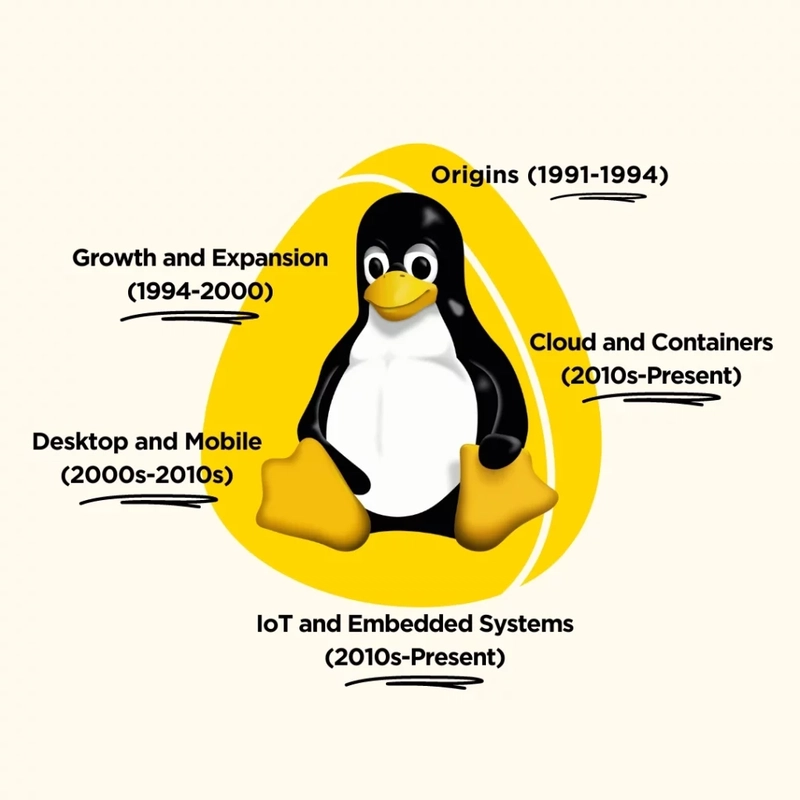
Table of Contents
Introduction
A Brief History of Linux
Red Hat: The Enterprise Solution
Red Hat in the Modern Cloud and DevOps Era
Real-Life Use Cases
Why Red Hat Remains Relevant
Summary
Connect with me
Introduction
In today's digital landscape, Linux and Red Hat stand as foundational pillars of enterprise technology. Together, they power the systems behind global businesses, manage critical data, and deliver services that billions rely on daily.
This article explores how these technologies became essential to modern infrastructure and how they're shaping the future of DevOps and cloud computing.
"Linux is not just an operating system; it's the foundation upon which modern cloud computing is built. Red Hat turned this foundation into an enterprise-ready platform that powers today's digital transformation."
A Brief History of Linux: The Foundation of Modern Tech
What began in 1991 as Linus Torvalds' personal project has evolved into the backbone of the digital world. Linux now powers:
• 96% of the world's top web servers.
• All of the world's top 500 supercomputers.
• Over 2.5 billion Android devices.
• The majority of cloud infrastructure worldwide.
Linux's open-source philosophy created an ecosystem where innovation flourishes through collaboration, making it exceptionally robust, secure, and adaptable.

Red Hat: The Enterprise Solution
Founded in 1993 by Bob Young and Marc Ewing. Red Hat transformed Linux from a developer's tool into a mission-critical enterprise platform. Red Hat Enterprise Linux (RHEL) bridges open-source innovation with enterprise stability, providing businesses with:
• Enterprise-grade security updates.
• Multi-year support lifecycles.
• Certified compatibility with thousands of vendors.
• 24/7 production support.
IBM's $34 billion acquisition of Red Hat in 2019 cemented its position as an enterprise technology leader and accelerated its growth in hybrid cloud solutions.
Red Hat in the Modern Cloud and DevOps Era
-
Red Hat OpenShift: Powering DevOps in the Cloud
OpenShift, Red Hat's container application platform built on Kubernetes, provides:• A unified environment for developing and deploying applications.
• Self-service provisioning for development teams.
• Automated CI/CD pipelines.
• Advanced monitoring capabilities.
• Multi-cluster management across hybrid environments.
For organizations adopting DevOps, OpenShift removes container orchestration complexity while maintaining enterprise-grade security and governance.
-
Red Hat Ansible Automation: Simplifying DevOps Processes
Ansible has revolutionized IT automation through human-readable "playbooks" that:• Use an agentless architecture requiring no additional software.
• Provide thousands of pre-built modules for common tasks.
• Enable infrastructure-as-code practices.
• Scale from simple scripts to enterprise-wide strategies.
With Ansible Automation Platform, organizations standardize practices across teams, reducing deployment times and human error.
-
Red Hat Virtualization: Enterprise-Grade Infrastructure
Red Hat Virtualization leverages KVM to provide enterprise virtualization without the cost of proprietary solutions, offering:• Near-native performance for virtualized workloads
• Centralized management of resources.
• Live migration for zero-downtime maintenance.
• Open standards to prevent vendor lock-in.
Real-Life Use Cases
Banking & Financial Services: HSBC deployed Red Hat OpenShift to accelerate application modernization, reducing deployment time from months to minutes while maintaining security standards across 65+ countries.
Healthcare: Novartis leverages OpenShift to accelerate drug discovery through AI-driven research, processing massive datasets while maintaining regulatory compliance.
Telecommunications: Verizon utilizes Red Hat platforms to power its virtualized network infrastructure, enabling rapid service innovation while reducing operational costs.
Hybrid Cloud Environments: Red Hat provides consistent application platforms across environments, unified management, workload portability, and standardized security policies across public and private clouds.
Why Red Hat Remains Relevant
Red Hat continues to thrive by balancing innovation with stability through:
• Significant contributions to open-source projects.
• A hybrid cloud strategy acknowledging mixed environments.
• Early investment in Kubernetes expertise.
• Deep understanding of enterprise security and support needs.
• Commitment to open standards and interoperability.
As organizations navigate digital transformation, Red Hat provides a trusted path forward.
Summary
The partnership between Linux and Red Hat has transformed enterprise computing from an academic project into the foundation of modern IT infrastructure. Today, these technologies power mission-critical systems across industries, enabling faster innovation while maintaining business stability.
For technology professionals, understanding Red Hat's ecosystem means mastering the platforms that will define enterprise IT for years to come. Whether you're managing infrastructure, developing applications, or leading digital transformation, Red Hat offers battle-tested solutions for building resilient, scalable, and secure systems that modern businesses require.
Connect with me
Want to discuss how Red Hat technologies can transform your organization's infrastructure? I'd love to connect and share insights from my experience implementing these solutions.
Are you also exploring modern DevOps practices and cloud-native architectures? Follow me for more articles.









































































































































































![[The AI Show Episode 142]: ChatGPT’s New Image Generator, Studio Ghibli Craze and Backlash, Gemini 2.5, OpenAI Academy, 4o Updates, Vibe Marketing & xAI Acquires X](https://www.marketingaiinstitute.com/hubfs/ep%20142%20cover.png)































































































































![From drop-out to software architect with Jason Lengstorf [Podcast #167]](https://cdn.hashnode.com/res/hashnode/image/upload/v1743796461357/f3d19cd7-e6f5-4d7c-8bfc-eb974bc8da68.png?#)



























































































![Switch 2 Pre-Order Rules Are Some BS: Here's How They Work [Update]](https://i.kinja-img.com/image/upload/c_fill,h_675,pg_1,q_80,w_1200/485ec87fd3cea832387b2699e4cbd2a1.jpg)












.png?#)


.jpeg?#)
(1).jpg?width=1920&height=1920&fit=bounds&quality=80&format=jpg&auto=webp#)




-Mario-Kart-World-Hands-On-Preview-Is-It-Good-00-08-36.jpg?width=1920&height=1920&fit=bounds&quality=80&format=jpg&auto=webp#)























_NicoElNino_Alamy.png?#)
_Igor_Mojzes_Alamy.jpg?#)

.webp?#)
.webp?#)




































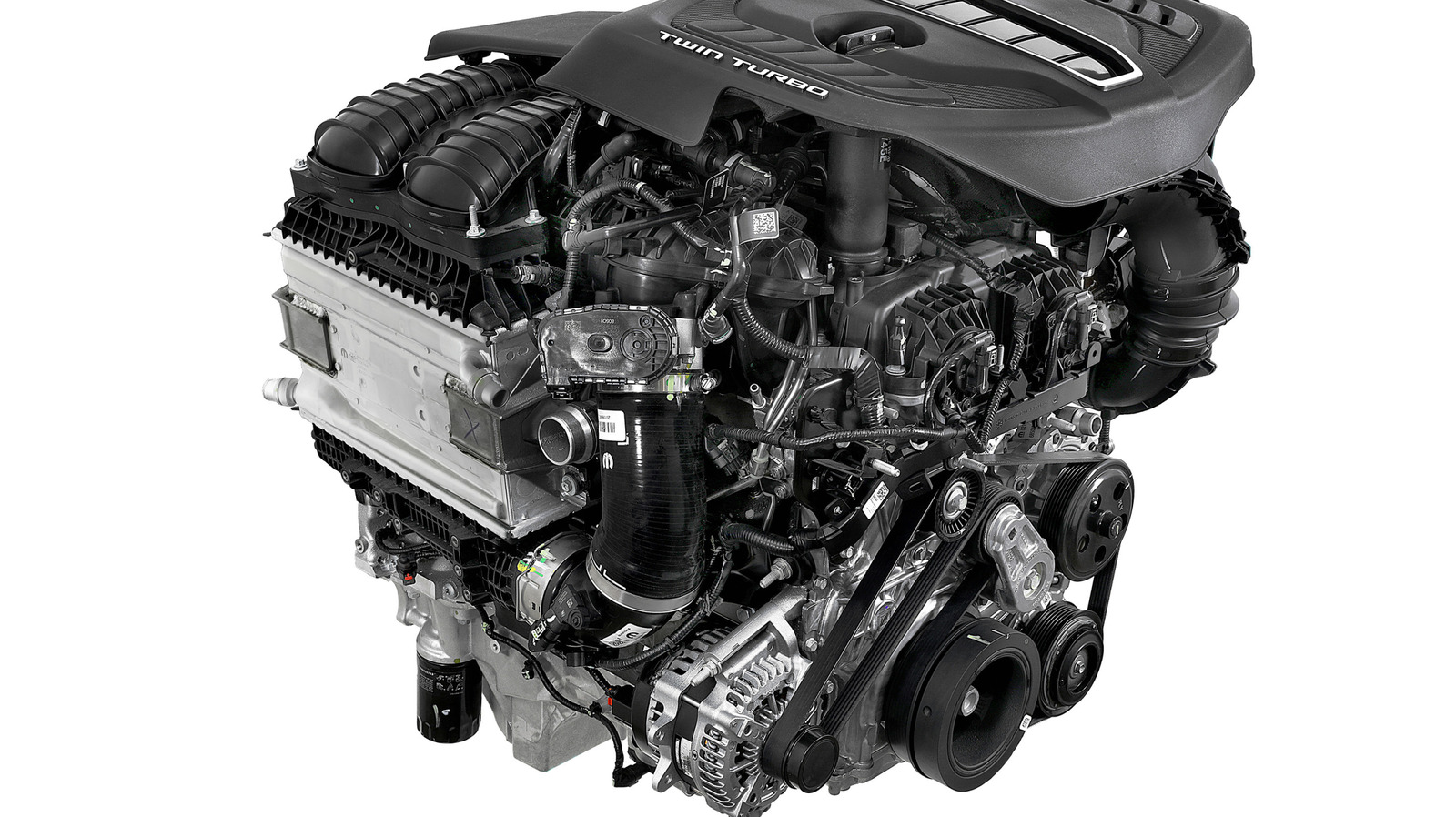







































































![Apple Considers Delaying Smart Home Hub Until 2026 [Gurman]](https://www.iclarified.com/images/news/96946/96946/96946-640.jpg)
![iPhone 17 Pro Won't Feature Two-Toned Back [Gurman]](https://www.iclarified.com/images/news/96944/96944/96944-640.jpg)
![Tariffs Threaten Apple's $999 iPhone Price Point in the U.S. [Gurman]](https://www.iclarified.com/images/news/96943/96943/96943-640.jpg)





























































































































